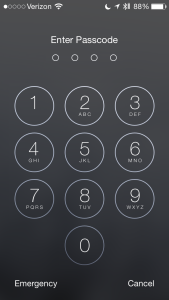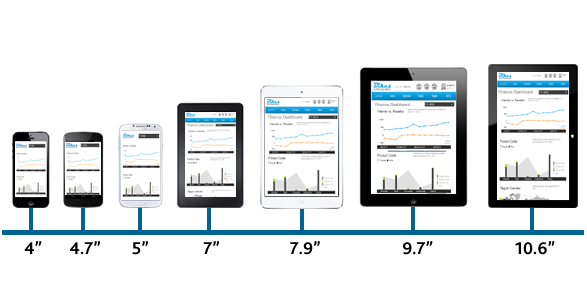 Sunday, I made a presentation at the Internet radio industry’s premier event, RAIN Summit. My message was simple. A great mobile user experience requires two components: a great content consumption experience and a great content interaction experience.
Sunday, I made a presentation at the Internet radio industry’s premier event, RAIN Summit. My message was simple. A great mobile user experience requires two components: a great content consumption experience and a great content interaction experience.
Social media powerhouse Facebook has nailed these concepts as its user growth and shift to mobile can attest. I contend that Internet radio and streaming services deliver the best mobile content consumption experience of any mobile medium, but they are only delivering on half of the equation. Reliance on touch interaction is unnecessarily limiting the consumer experience.
Voice is the Most Natural Interaction Method for Mobile Audio
At XAPPmedia, we are driven to make Internet audio a better user experience by enabling consumers to use their voice to interact with content, artists and brands. Audio is the most mobile of media. You can easily consume audio content while on the go and often it is inconvenient to access your screen for touch interaction.
In fact, data show that audio apps are not visible on the screen for 79% of Internet radio consumption. When the screen is dark and listeners don’t have quick access to the touch interface, content initiated voice interaction is natural and drop-dead simple.
Driving Higher Engagement on Mobile
The mobile content engagement rates enabled by voice are stunning. When the audio app is not visible on the screen, we see an average touch interaction of near zero, 0.01%. By contrast, voice interaction delivers content engagement rates that average 4.8% even without targeting.
Facebook, Instagram, and YouTube are visual media. Consumers must look at the screen to consume the content. In those user environments, touch is a logical interaction method because visual consumption and touch interaction are complementary. However, relying on touch as the primary interaction paradigm for mobile audio simply ignores the difference in user experience models. People don’t watch radio. The screen is dark or behind a lock screen or out of reach. Voice interaction turns this problem into an opportunity, because voice complements audio consumption just as naturally as touch complements visual consumption.
Content Engagement Regardless of Screen Size
 One of the beautiful elements of audio is its consistency across devices. So many mobile content producers struggle to deal with the great variety of needs created by screen size variability. Audio doesn’t face that challenge. Headphones and speakers work equally well regardless of screen size. As a result, the complexity of scaling content consumption across devices is greatly simplified. This presents an opportunity for Internet audio to take a more central role in mobile than it could ever have achieved on the desktop.
One of the beautiful elements of audio is its consistency across devices. So many mobile content producers struggle to deal with the great variety of needs created by screen size variability. Audio doesn’t face that challenge. Headphones and speakers work equally well regardless of screen size. As a result, the complexity of scaling content consumption across devices is greatly simplified. This presents an opportunity for Internet audio to take a more central role in mobile than it could ever have achieved on the desktop.
The challenge for content interaction remains, but is now solvable by using voice. This is true for advertising and equally true for content discovery and even app navigation. We discovered over the past year that many publishers are missing an opportunity to create better user engagement with their core content offerings. Publishers invest in new content and channels and then struggle to drive engagement, because users are not looking at the screen to see the offer. In a mobile world, voice is simple, spontaneous and convenient.
A Broader Market Opportunity
Many audio streaming executives seem content to fight over the $2.9 billion in expected annual advertising spend this year on Internet radio. A smaller number are directly targeting the $16 billion radio advertising market. However, Internet audio should also be thinking about the $28 billion in mobile advertising that will be spent by U.S. marketers this year.
Advertisers want reach so they can drive awareness and consumer engagement on mobile. With reach now exceeding 50% of the U.S. population, Internet radio has already met the awareness criteria. By adding voice to deliver interactive audio, Internet radio publishers can improve user experience and deliver the mobile engagement that advertisers crave.
Related Posts
People Don’t Watch Radio
XAPP Expands Voice-Activated User Engagement Features
Consumers Say your Brand Message to Engage
